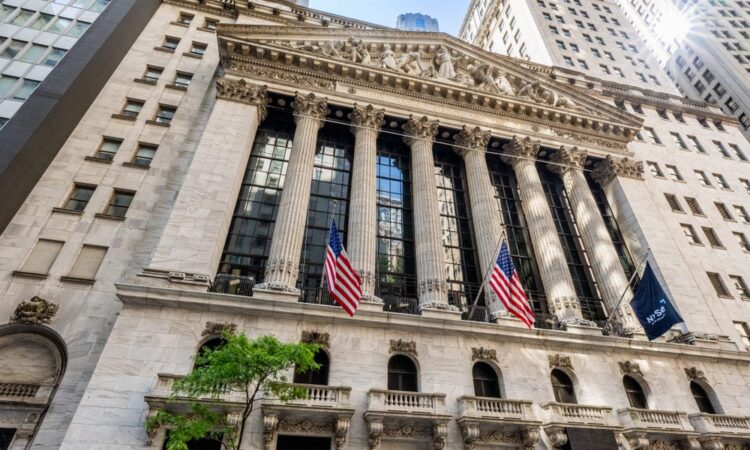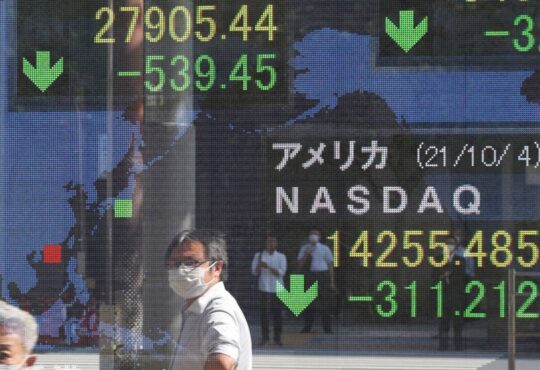
4. Truist
Rafael Henrique/ SOPA Images/ LightRocket/ Getty Images
S&P 500 price target: 4,150 (Average of 3,800-4,500 range)
Stock market outlook: The risk-reward setup for the S&P 500 is skewed to the downside in the second half of the year, according to Truist. However, the firm upgraded its view on equities to neutral in early June after being defensive since the start of 2022, when market unrest began.
Truist was caught off-guard by the S&P 500’s furious first-half rally, as the index finished June at 4,450, which was outside of the massive target range (3,400 to 4,300) its strategists set last year. Worries about interest rates, inflation, and global growth didn’t hurt stocks as it anticipated.
“Coming into 2023, we overstayed our welcome on the defensive side, as the markets, economy, and earnings have thus far proved more resilient than our initial expectations,” wrote Keith Lerner, Truist’s co-chief investment officer, in a note about his mid-year outlook.
But while Truist is no longer pessimistic, it’s still cautious about stocks. Though forward earnings trends have improved and portfolio positioning leaves room for upside, Lerner noted that valuations are stretched, market concentration is at a 40-year high, and support from fiscal and monetary stimulus is virtually nonexistent. Plus, fixed income and cash are viable alternatives.
“The bar seems high to us to move from neutral to offense as opposed to defense over the next six to 12 months,” Lerner wrote.
Economic outlook: A recession is still likely in the next year, in Truist’s view, given that inflation is still an issue and credit standards are getting stricter under already-tight financial conditions.
The firm’s estimated range for US GDP this year is -0.3% to 0.9%, which is lower than many of its peers. Weak leading indicators, manufacturing, and production data in addition to stringent financial conditions imply that a downturn is merely delayed, Lerner wrote. Another noteworthy sign of softness is a 16.5% year-over-year increase in business and personal bankruptcy filings.
But there’s a compelling glass-half-full case to be made as well. Economic activity has been much better than expected so far this year, including recently, Lerner wrote. Jobs remain a bright spot, with the unemployment rate near a five-decade low, and job growth in the past six months is 70% higher than the three-year pre-pandemic average, according to Truist.
Consumers also seem to be in good shape, Lerner noted. Inflation-adjusted consumer spending is healthy thanks to high employment and excess savings, which remain about $4 trillion above pre-2020 levels, the investment chief wrote.
But perhaps the best news for the working class is that headline inflation is projected to fall closer to 3% after peaking at an oppressive 9% in 2022.





